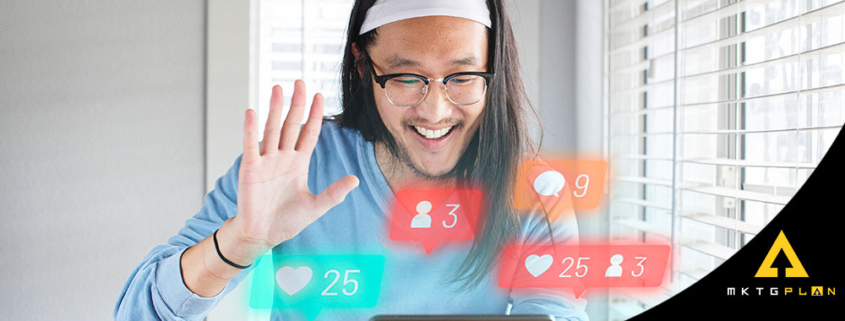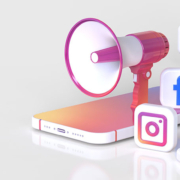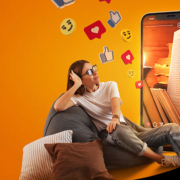The Rising Popularity of Virtual Influencers: Are They the Future of Marketing or Unreliable Advertising? (Discover the Top 15 Virtual Influencers)
What is a virtual influencer?
A virtual influencer is a computer-generated character or AI that is created to promote products and engage with audiences on social media platforms. These influencers can look and act like real humans, often garnering large followings and working with major brands.
Are Virtual Influencers The Future of Marketing?
Virtual influencers have gained significant popularity in recent years, raising questions about their potential as the future of marketing. While they offer benefits such as 24/7 availability and controlled messaging, there are concerns regarding authenticity and trust. Real influencers and celebrities can establish genuine connections with their audience, which may be more effective in influencer marketing campaigns.
The Top 15 Virtual Influencers
1. Lil Miquela
With almost 3 million followers on Instagram, Lil Miquela is one of the most popular virtual influencers. She has collaborated with major fashion brands like Prada and Calvin Klein.
2. Imma
Imma is a virtual influencer from Tokyo, known for her bubblegum pink hair and collaborations with brands like Puma and Valentino.
3. Barbie
Barbie, the iconic doll, has expanded her reach to YouTube, entertaining over 11 million subscribers.
4. Lu of Magazine Luiza
Lu is a Brazilian influencer with 6.5 million Instagram followers, serving as a spokesperson for the Brazilian retail conglomerate Magazine Luiza.
5. Apoki
Apoki is a South Korean singer and entertainer with over 4.5 million followers on TikTok.
6. Nobody Sausage
Nobody Sausage is a quirky animated sausage with millions of followers on TikTok and Instagram.
7. Good Advice Cupcake
Good Advice Cupcake, created by Buzzfeed, offers uplifting messages and relatable scenarios with 2.5 million followers on Instagram.
8. Shudu
Shudu is a digital supermodel with over 240K followers on Instagram, collaborating with brands like BMW and Louis Vuitton.
9. CodeMiko
CodeMiko is a popular Twitch streamer and YouTuber with a unique content approach that is revolutionizing digital entertainment.
10. Kyra
Kyra is India’s first virtual influencer, gaining over 240K followers on Instagram and securing brand collaborations.
11 & 12. Guggimon and Janky
Guggimon and Janky are mascots for the brand Superplastic, known for their off-the-wall antics and viral social media content.
13. Any Malu
Any Malu is a Brazilian influencer with millions of subscribers on YouTube and appearances on Cartoon Network.
14. Ion Gottlich
Ion Gottlich is a renowned cyclist and health influencer with over 70K followers on Instagram.
15. K/DA
K/DA is a K-pop girl group created by Riot Games, with millions of views on YouTube and chart-topping hits.
What Virtual Influencers Can Offer — and What’s Missing
Virtual influencers have advantages such as constant availability and controlled messaging. They can also be cost-effective compared to real influencers. However, real influencers often offer authentic and meaningful connections with their audience, which virtual influencers may struggle to establish. Authenticity and trust are important factors in successful influencer marketing campaigns.
FAQs
1. Can virtual influencers be as effective as real influencers?
While virtual influencers have gained popularity, there are concerns about their authenticity and ability to establish genuine connections. Real influencers have an advantage in building trust with their audience.
2. Do virtual influencers work 24/7?
Yes, virtual influencers can work around the clock since they are computer-generated. This can be advantageous for brands looking for constant content creation and promotion.
3. Are virtual influencers more cost-effective than real influencers?
Virtual influencers can be less expensive to hire compared to celebrities or supermodels. However, when considering micro-influencers, real individuals may be more cost-effective options.








